
"Europeans for Safe Connections" is a coalition of national and international organisations that are aware of adverse consequences of the modern communication technologies. We emphasise that we are not against technology, but in favour of safe technology and safe connections.
In our European Citizens' Initiative (ECI) "Stop (((5G))) – Stay Connected but Protected" we have 23 proposals. Among them we call for an immediate moratorium on 5G satellites mega-constellations worldwide until the environmental adverse effects are resolved (proposal 17 of our ECI) and we ask that environmental impact assessment of all space projects be made a priority within the European Space Policy (proposal 18 of our ECI).
Telecommunication satellites play an important role in 5G strategy to integrate satellites into 5G networks.
We are concerned that the deployment of 5G may constitute an experiment on humanity and the environment, since many studies prove current radiofrequency electromagnetic fields (RF EMF) to be unsafe and 5G has not been tested for health and environmental impact before being put on the market. In our ECI and other articles we address many other issues. In this article only one of them is discussed.
How it all began
Humans began conquering space with the launch of the Earth 's first artificial satellite, the Soviet satellite Sputnik 1, in 1957. After World War II, space technology opened up new possibilities for astronomers to explore the universe. In the recent past, the era of low-orbit satellites, which do not target space but the Earth, has entered. They provide internet, geographical or even military services and their number is currently growing rapidly.
The International Telecommunication Union (ITU) adopted an innovative new milestone-based approach for the deployment of non-GSO systems, including mega-constellations in low-Earth orbit. The United States Federal Communications Commission (FCC) has granted many licenses for satellite constellations and even adopted the streamlining unified licensing framework.
Some of FCC's authorisations and number of authorised satellites:
Boeing (November 3, 2021) – 147 satellites
OneWeb (August 26, 2020) – 2000 satellites
Kuiper (July 30, 2020) – 3236 satellites
ViaSat (April 23, 2020) – 20 satellites
Theia (May 9, 2019) – 112 satellites
Kepler (November 15, 2018) – 112 satellites
Telesat (November 15, 2018) – 117 satellites
LeoSat (November 15, 2018) – 78 satellites
SpaceX (March 29, 2018) – 4425 satellites
TOTAL 10275 satellites
Although the ITU manages wireless frequencies, there is no international body with authority to regulate satellite launches. In 2020, the UK government called for the United Nations to set up international discussions to agree on how countries should operate responsibly in space and in 2021, the new head of the European Space Agency (ESA) has urged European leaders to intervene and co-ordinate to prevent SpaceX CEO Elon Musk making the space economy his personal playground.
The members of the SATCON1 Scientific Organising Committee in their SATCON1 Report are worried about the 100,000 or more LEOsats proposed by many companies and many governments to be deployed. Many other scientists are watching this development with concern because they see several side effects. Below three of them are mentioned.
Credit: Creative Commons Attribution 4.0 International License
New Starlink satellites reflecting sunlight. In the pictured composite of 33 exposures, parallel streaks from Starlink satellites are visible over southern Brazil. Sunflowers dot the foreground, while a bright meteor was caught by chance on the upper right.
Source: https://en.wikipedia.org/wiki/File:StarlinkTrails_Filter_1080.jpg
Space debris
The Low Earth Orbit (LEO) is considered to be the orbit of our planet at an altitude of about 160 to 1,000 kilometres above sea level.
This area belongs to the atmosphere (as a part of the ionosphere) and due to the interaction with the surrounding, the satellites have a short lifespan (about 5 years) and must be deorbitised, when they damage the ozone layer during combustion. Replacing them means more and more satellites to start at a time when Europe is pushing for green energy.
At the same time, the satellites also have a certain failure rate. According to Jonathan McDowell, an astronomer at the Harvard-Smithsonian Center for Astrophysics: "A roughly 2.5% failure rate isn't too bad in this industry, but if that number holds for SpaceX's entire planned fleet, it may lead to more than 1,000 dead satellites."
This in turn can lead to a significant increase in the number of collisions, which will cause the formation of new space debris (collisional cascading called Kessler effect).
The head of the Russian Central Research Institute for Machine Building (a part of the Russian State Space Corporation ROSCOSMOS) Igor Bakaras says in a recent interview (in Russian) that there are currently about 7,000 tons of space debris in orbits near the Earth (whereas there are additional 3,000 tons of active spacecrafts).
ASTRIAGraph, a framework that enables monitoring, assessment, and verification of space-actor-behavior has developed an interactive map of the objects around the Earth where you can check the Show debris box to display the waste.
Light and radio pollution
The number of artificial objects in Earth' orbit is already severely limiting astronomical observations not only in the optical but also in the radio spectrum.
Astronomy & Astrophysics is a peer-reviewed astronomical journal which is one of the most important academic journals in its field worldwide. In 2021 they published a study that shows that the brightness of satellites is very high for sensitive astronomical instruments.
Oxford University Press publishes the highest quality journals including Monthly Notices of the Royal Astronomical Society: Letters. In 2021 they published an article on The proliferation of space objects is a rapidly increasing source of artificial night sky brightness in which the team of authors shows that artificial objects in Earth' orbit contribute to light pollution to a greater extent than previously thought. The study also points out that in a few years, the amount of unwanted light scattered in the atmosphere caused by these objects could increase the overall brightness of the night sky by more than 10% above the natural level. This would exceed the threshold that astronomers set more than 40 years ago to consider a site as light-polluted.
The European Southern Observatory (ESO) has published simulation of the impact of satellite megasets on optical instruments.
Last but not least, they disrupt the natural view of the night sky, which is humanity’s natural and cultural heritage of utmost importance and must be protected and preserved for future generations.
Picture: Stack of 68 images (35min total) containing 39 Starlink, 3 GEO satellites and one rocket body
Credit: Creative Commons Attribution-Share Alike 4.0 International
Source: https://commons.wikimedia.org/wiki/File:Starlink_9,_CZ-2C_RB_and_geosats_100mm.jpg
Picture: The background image shows the double star Albireo in Cygnus and was taken on 26 December 2019. Two out of ten 2.5-minute exposures recorded Starlink satellites moving across the field.
Credit: Creative Commons Attribution 4.0 International License
Source: https://noirlab.edu/public/images/ann21021c/
Radio radiation
Satellites are emitting radiation in the radio spectrum. There are several frequency bands in which satellites are emitting:
3600-4200 MHz (space-to-Earth)
5850-6725 MHz (Earth-to-space)
10.95-11.2 GHz (space-to-Earth)
11.45-12.2 GHz (space-to-Earth)
13.75-14.5 GHz (Earth-to-space)
18.3-18.8 GHz (space-to-Earth)
19.7-20.2 GHz (space-to-Earth)
24.75-25.25 GHz (Earth-to-space)
28.35-28.6 GHz (Earth-to-space)
29.25-30 GHz (Earth-to-space)
See the link to the list in XLS file provided in FCC article.
On the ground level, the radiation from satellites will be very low, but also very low radiation has biological effects on living organisms. And with such extensive coverage of satellites, there will no longer be places on Earth without man-made radiation in radio spectrum.
Satellites need to communicate with Earth's base stations. Artificial man-made radiation from radio transmitters on the ground is already damaging the Earth’s electromagnetism. It is partly responsible for the formation of the electron slot between the inner and outer radiation Van Allen belts in the magnetosphere. Radio waves reach the ionosphere and the magnetosphere, and interact with the Van Allen belts, producing electron rain which modifies the electrical properties of the atmosphere. Thus, communications satellites emitting RF beams deployed directly in the ionosphere may also trigger electron rain and further pollute the Earth’s Global Electrical Circuit that governs the electrical qualities of all-natural phenomena, including life itself.
Springer Nature is an academic publishing company committed to supporting researchers in sharing research data. In 2017 they published an article on Space Weather Effects in the Earth’s Radiation Belts where a team of scientists conclude that "there is ample evolving evidence that the loss of radiation belt particles into the Earth’s atmosphere can have profound effects on the chemistry and electrodynamic state of our planet."
Picture: Starlink - dynamic 3D orbit display
Source: https://heavens-above.com/Starlink.aspx
Picture: Starlink train. Picture taken in Ukraine.
Source: https://unsplash.com/photos/-IrD7sB1qok
Conclusion
The EU citizens have not been asked whether they accept the pervasive environmental consequences from the 5G satellites (i.e. satellites integrated in 5G network) in the name of technological progress and digitalisation. They have a right to access environmental information, to public participation in environmental decision-making processes and to have access to justice.
Therefore in the ECI "Stop (((5G))) - Stay Connected but Protected" we are calling for stronger regulation to protect the environment from all the impacts of 5G and digitalisation including satellites mega-constellations in proposals 17 and proposal 18 of the ECI.
"proposal 17: Call for an immediate moratorium on 5G satellites mega-constellations worldwide until the environmental adverse effects are resolved"
"proposal 18: Make an environmental impact assessment of all space projects a priority within the European Space Policy"
And we are not alone:
- International appeal Stop 5G on Earth and in Space urgently calls for a halt to the deployment of the 5G (fifth generation) wireless network, including 5G from space satellites.
- The BroadBand International Legal Action Network (BBILAN) is a professional network of lawyers and relevant experts, dedicated to redirecting the 5G Juggernaut toward balance and wisdom. They call for balanced solutions and published Healthy Heavens Trust Declaration where they ask for a pause in all satellite licensing and launches, until a full assessment of the security risks and long-term harms is made.
- The participants of the International Conference in Defense of the Quality of Night Sky and the right to observe stars, jointly with the representatives of UNESCO, UNWTO, IAU and members of the academic community, published the Declaration in defence of the night sky and the right to starlight.
- International Astronomical Union (IAU) and UN Office of Outer Space Affairs (UNOOSA) organised a workshop on the topic of "Dark and Quiet Skies for Science and Society". Subsequently, the document Recommendations to Keep Dark and Quiet Skies for Science and Society was published.
Contributors
Petra BertováPetra Bertová is a member of the team behind the European Citizens' Initiative (ECI) "Stop (((5G))) – Stay Connected but Protected"
Petra from Slovakia previously worked for an IT company and also in the education sector.

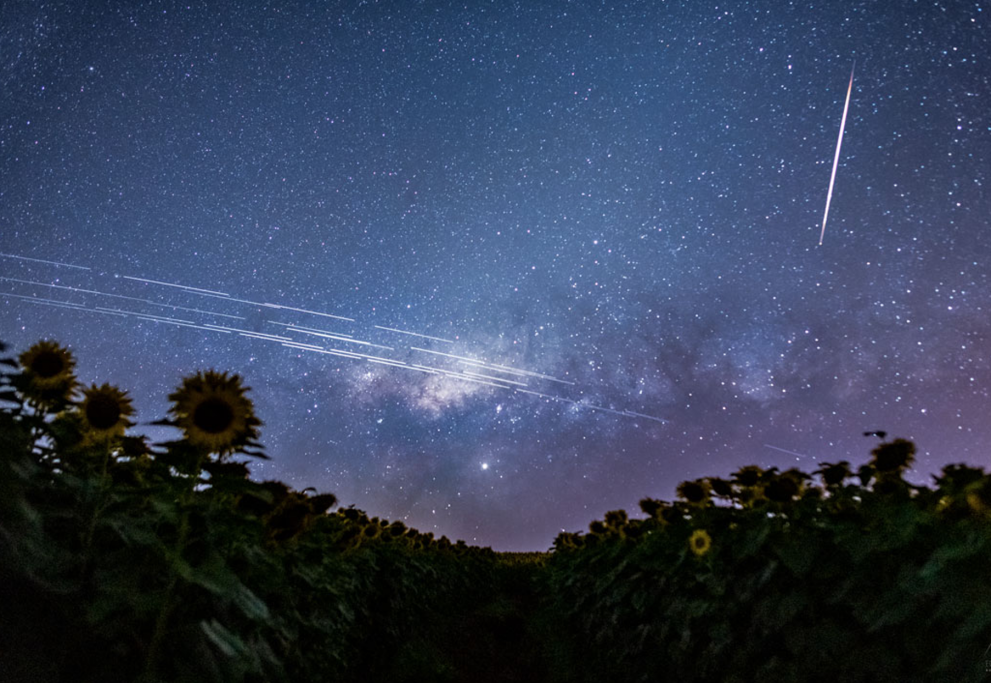
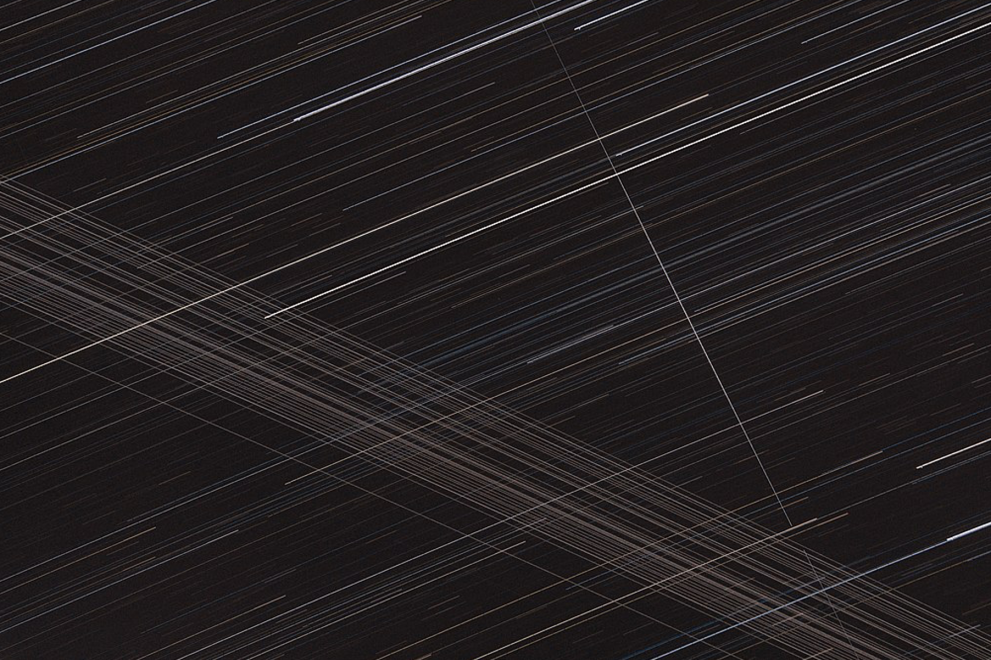
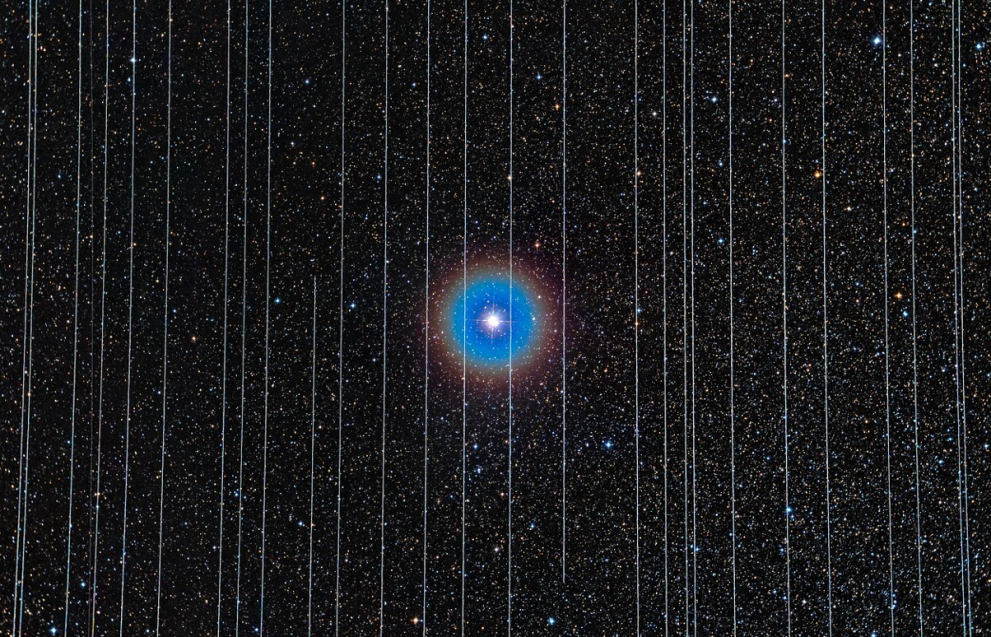
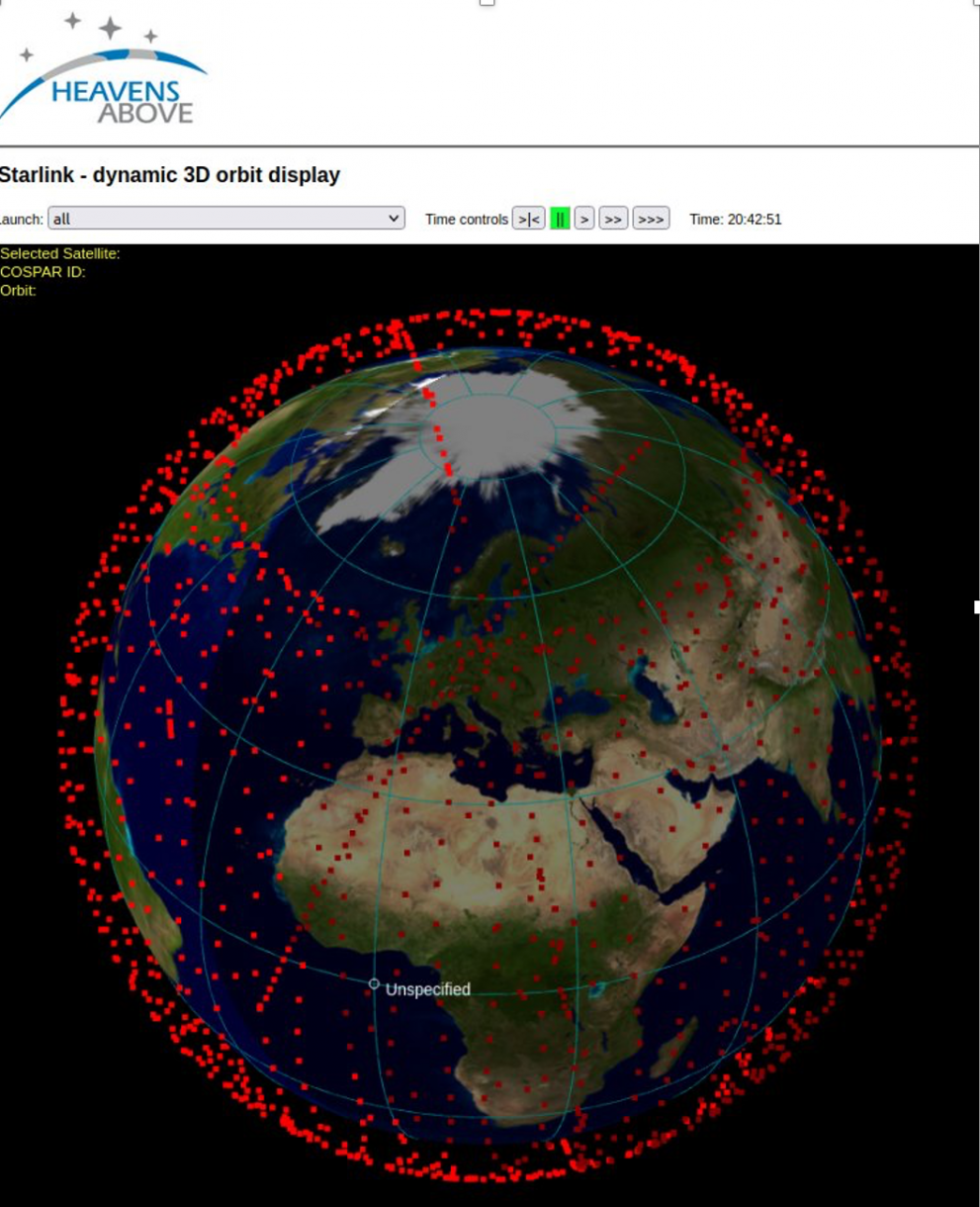
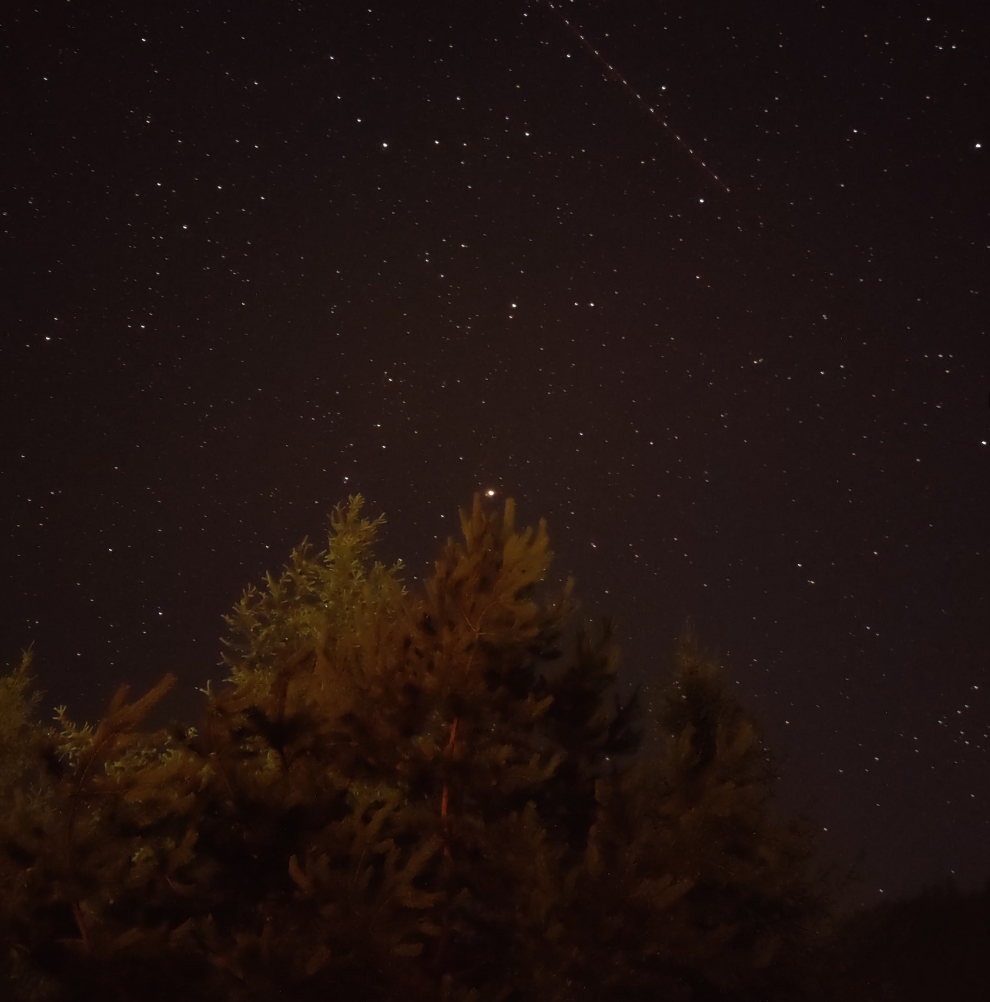

Leave a comment
To be able to add comments, you need to authenticate or register.